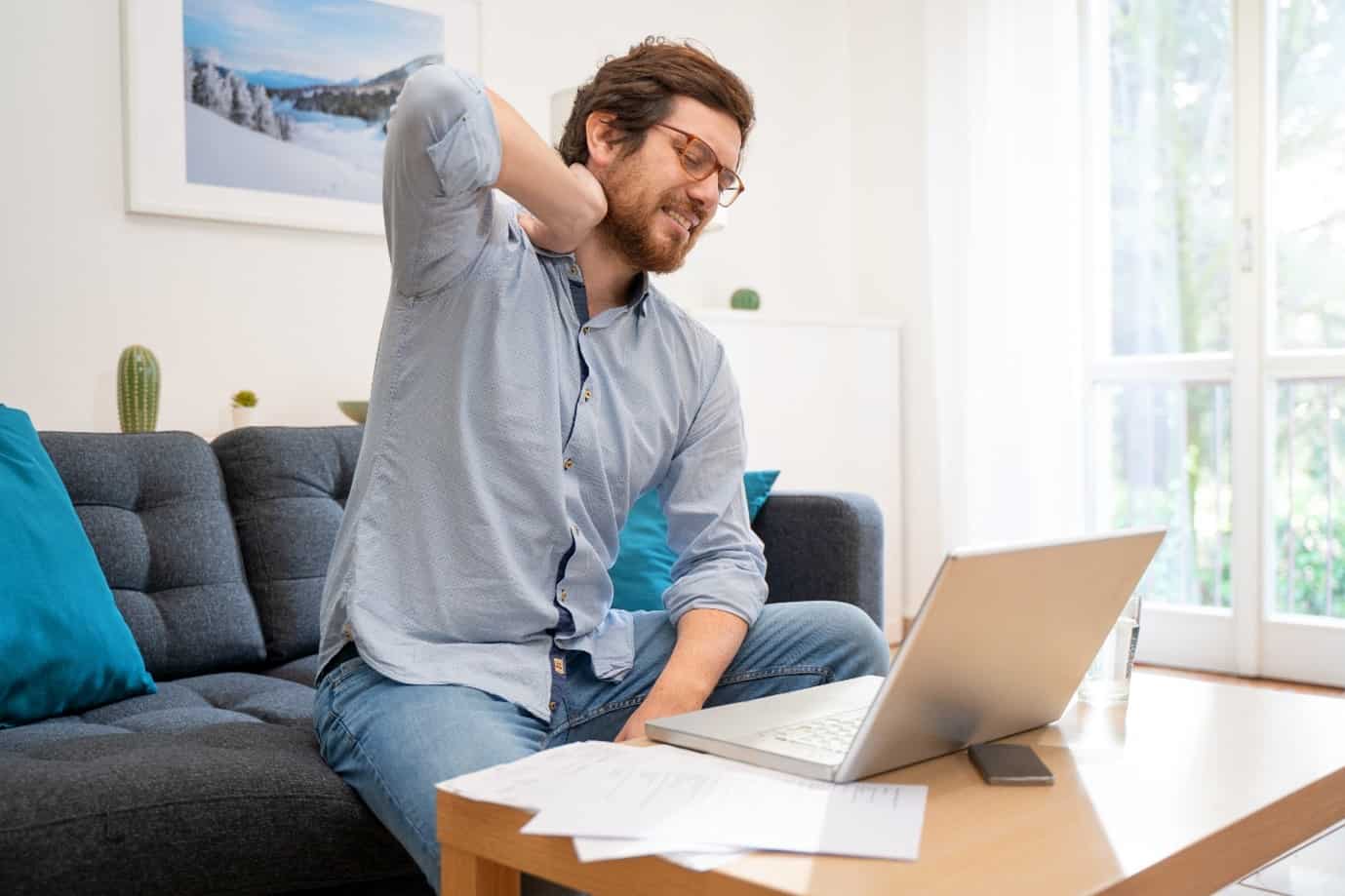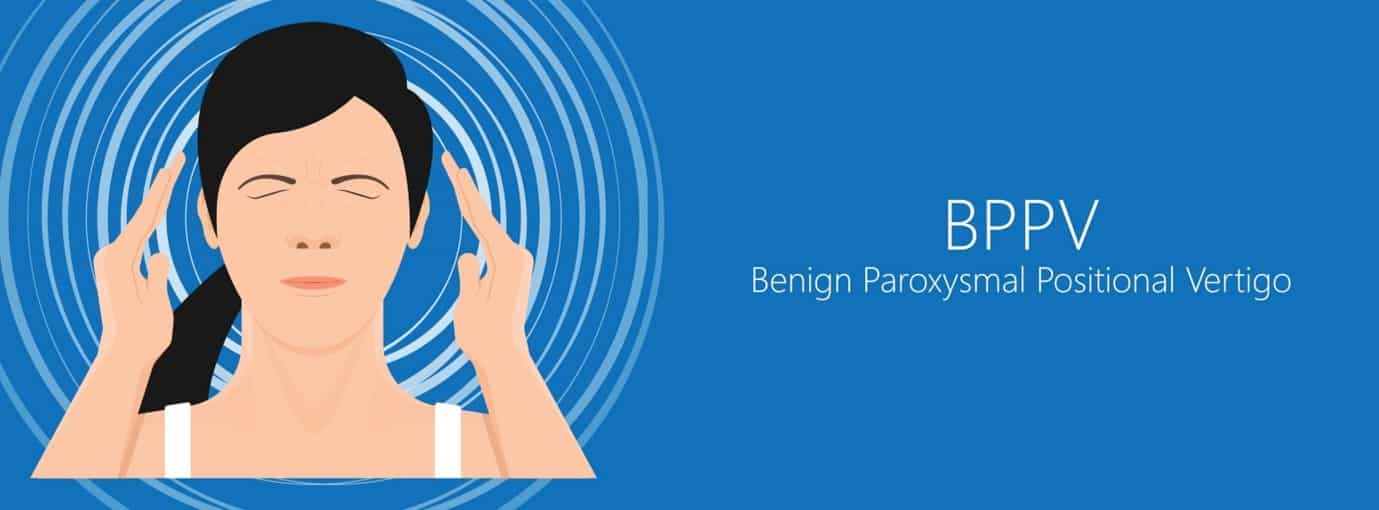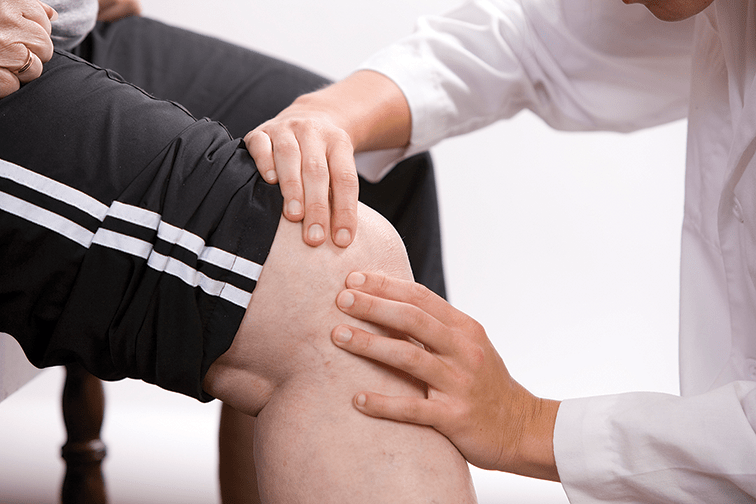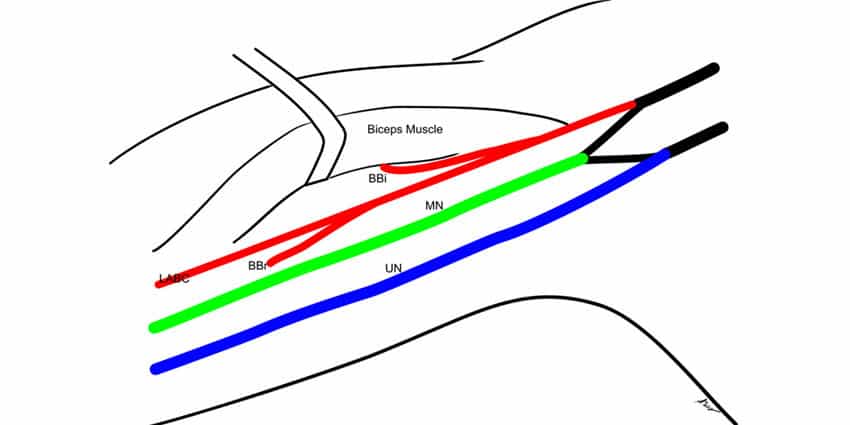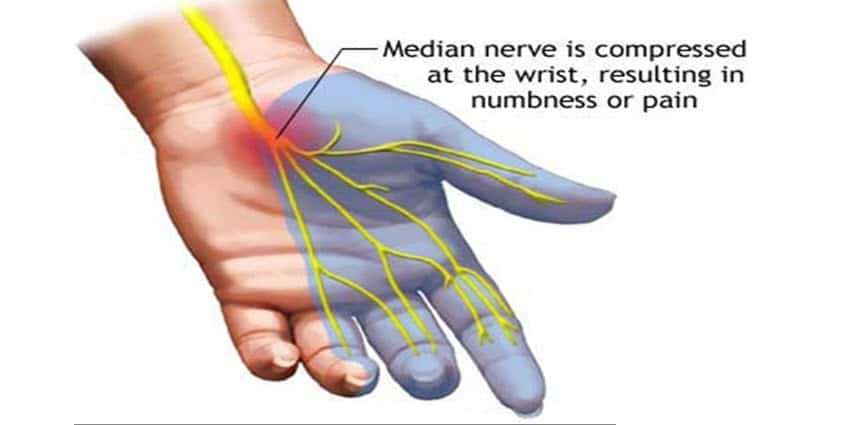It’s great to be able to work from home during this pandemic, with comfy loungewear, endless snacks, and lie-ins, but the poor workstation layout can cause many problems, mainly for posture.
However, makeshift office furniture, from the coffee table, the dining table, to poor substitute office chairs over even a short period of time, can lead to problems such as, neck and shoulder pain and low back and hip problems.
Top tips to help you Working From Home
The right seat: The key to a good posture is a good chair to help align the body. Avoid using the sofa to slouch on and leaning over the coffee table. If you’re working in the dining room, the combination of the higher table and lower chairs will cause you to overstretch or slouch, causing pain in your neck shoulders and put pressure on your wrists. Raising your height with cushions and use a box as footrest. Ideally your feet should be under the table and not under your chair. Feet under the chair will make you lean forward causing the low back muscles to fatigue. If you have arms on your office chair, ensure the arms of the chair adjust, so you can get the chair under the desk.
Screen Height: If your monitor or laptop screen is below eye level then it is likely you are hunching over, which may lead to neck pain and headaches. In an ideal world, you would have an adjustable stand. If that’s not the case, you can substitute with a box or book. Keep the keyboard and mouse close to your body to prevent overstretching and will encourage you to sit up straight.
Move regularly: Posture is greatly helped by regular movement, set a timer on your phone to move at least once per hour and do some simple stretches. I often advise patients to boil the kettle and swim to the fridge, followed by a couple of neck stretching exercises, such as gently tilting head towards your shoulder and gently pull on the side of the head with the opposite hand.
If you continue to suffer from Working From Home aches and pains, contact us for an assessment and maintenance treatment.


